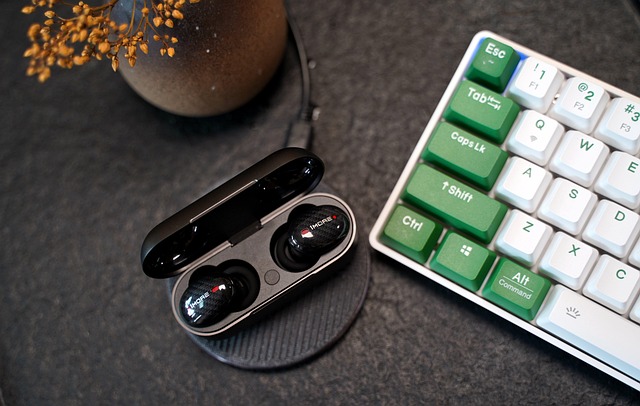In the world of photography, capturing the perfect shot is often a delicate balance between light, composition, and clarity. However, no matter how skilled you are with your camera or optics, noise can disrupt that balance. Noise reduction has become an essential skill for photographers seeking to elevate their work and achieve stunning images that resonate with viewers. In this post, we’ll explore effective noise reduction techniques that can help you master your photography layers.
Noise is an unwanted element in images, often manifesting as grainy textures or speckles that obscure the finer details of your photography. Whether you’re shooting in low-light conditions or using a high ISO setting, noise can creep in, making your photo look less professional. But don’t despair! With the right noise reduction techniques applied to your image layers, you can significantly enhance the quality of your shots.
Understanding Layers for Effective Noise Reduction
The layering concept in photography editing allows you to manipulate individual elements of your image without affecting the entire composition. This is particularly useful when dealing with noise, as you can apply targeted reductions to specific areas while preserving the integrity of other regions. By isolating parts of your image, you can ensure that the details you love remain sharp and clear.
Using Software for Noise Reduction
Many photo editing software programs come equipped with powerful noise reduction tools. Programs like Adobe Photoshop and Lightroom enable you to work on layers, giving you the flexibility to adjust noise reduction settings based on your image’s needs. When you enter the noise reduction section, you’ll typically find sliders for luminance and color noise. Adjusting these settings can lead to smoother textures without sacrificing detail, especially in areas like the sky or shadows.
The Advantage of Smart Filters
If you’re using Photoshop, consider using Smart Filters for your noise reduction process. By converting your image layer into a Smart Object, you can apply filters like “Reduce Noise” and maintain the ability to go back and tweak your adjustments. This non-destructive approach lets you preserve the clarity of your original photo while experimenting with various noise reduction levels.
Selective Noise Reduction Techniques
When working with layers, selective noise reduction is a game changer. For instance, if you notice noise primarily in the background while your subject remains relatively clean, you can apply noise reduction only to the background layer. This keeps your subject crisp and focused while eliminating distracting noise, allowing your photography to truly shine.
Sharpening and Noise Reduction Balance
A common pitfall in noise reduction is overdoing it, which can lead to a soft or unnatural appearance. After applying noise reduction to your layers, it’s crucial to follow up with some sharpening. This process is all about balance—enhancing details while minimizing any lingering noise. Fine-tune the sharpening of your image to achieve that sought-after clarity, maintaining the authentic texture of your original photograph.
Mastering noise reduction techniques in photography layers is not just about refining your images; it’s about capturing the very essence and emotion of your subject. By harnessing the power of layers and understanding how to manipulate noise effectively, you can transform your photographs into captivating visual narratives that speak to your audience.



